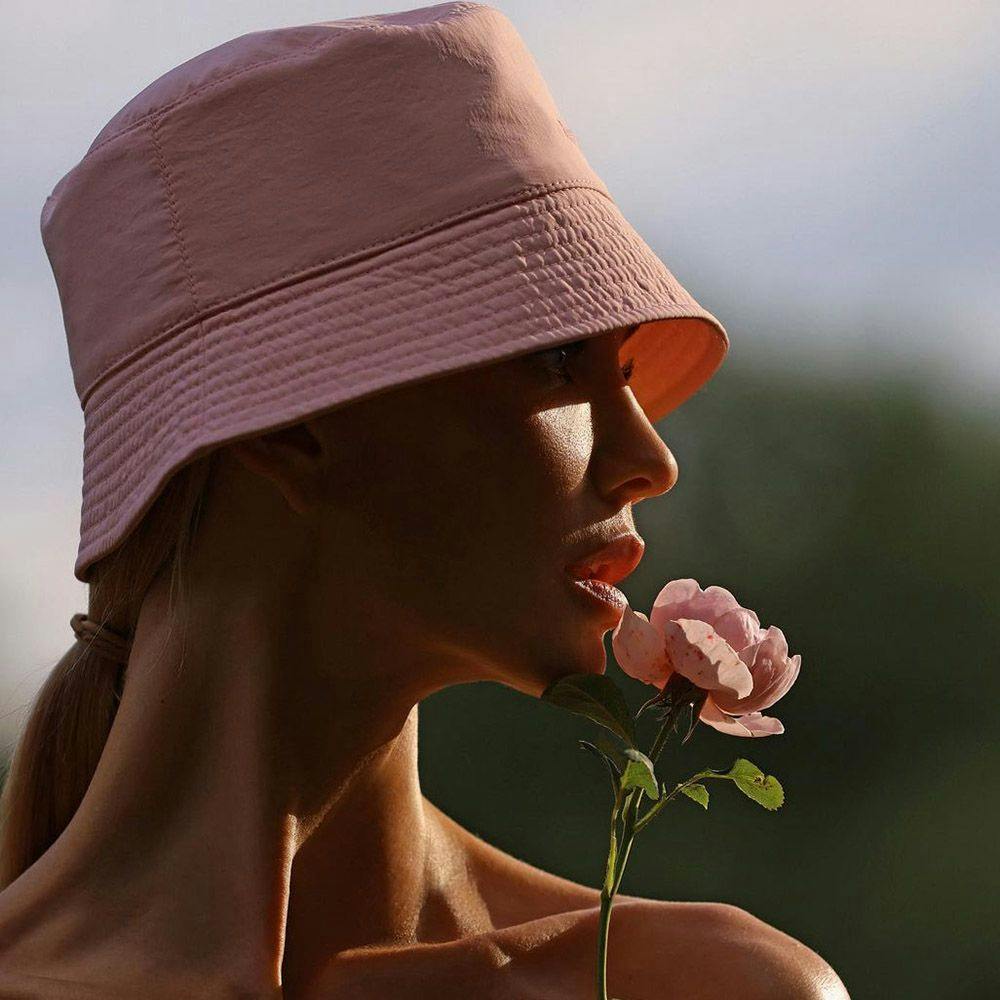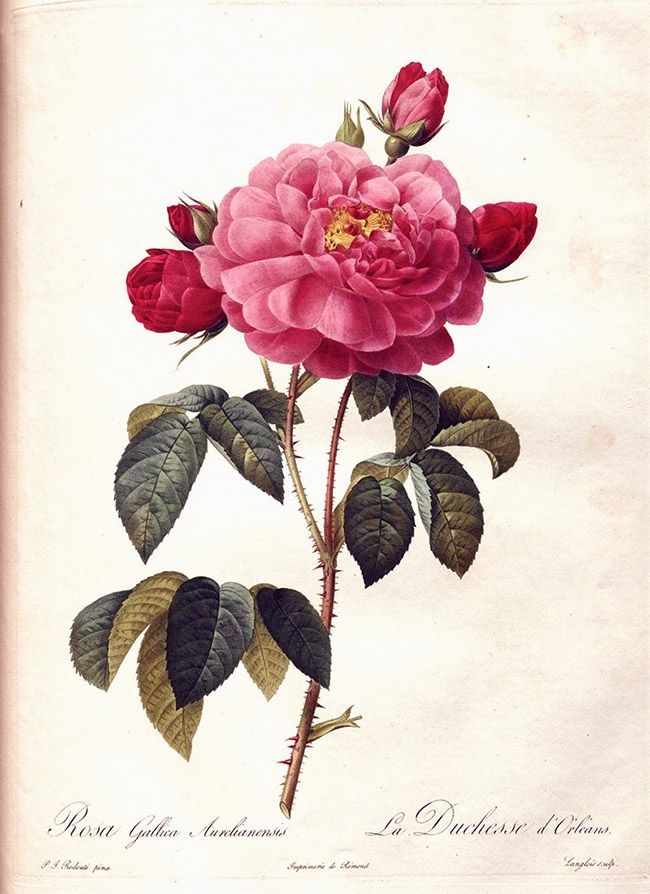The cosmetic potential of roses has been covered by countless articles over the years. Meanwhile, they have been gracefully making their ascend towards becoming one of the most popular beauty ingredients out there. Have a look at your bath shelf and you will likely come across at least one product, which can count either rose petal extract or rose oil as its ingredient.
So, what is it about roses that has given them such a cult following? Let’s get to the bottom of it.
A bit of history
The healing qualities of roses were first discovered thousands of years ago. And since we are taking a bit of a deep dive into history, we simply cannot go on without mentioning the Egyptian queen Cleopatra. The legends say that not only did she add rose water to her famous milk baths, but she also used it to saturate the sales of her ships to surround herself in its glorious scent. Not to mention that it must have also been a clever way to signal her arrival to potential suitors.
Endorsed by Cleopatra herself, roses quickly took over the global skincare regiments by storm. Egyptians boiled rose blossoms to prepare wound healing ointments and rose oil was used to protect the skin from the mercilessly drying desert air. The South American Inca considered rose oil a remedy against most ailments and Ancient Roman women believed in rose water’s youth preserving qualities.
Rose’s reputation was somewhat tarnished by Medieval fashionistas, who had the tendency to mix rose water with lead powder. While it did help in whitening the skin, it also had serious repercussions for overall health. The flower’s true rise to fame came in the 19th century, when it became mass produced in the form of lotions, soaps, creams and rose water based perfume. In fact, rose perfume became a popular gender neutral product.
The second wave of fame came with the recent rediscovery of roses as a beauty ingredient following a 2018 independent cosmetic brand fair in New York. The products that really caught everyone’s attention then included tonics, hydrolats for sensitive skin as well as clay masks mixed with rose water.
Cosmetic rose species
There are around three thousand rose species in the world today and they come in all shapes and colours. However, the beauty industry only uses a handful of these in manufacturing.
- Centifolia (rosa centifolia), also known as the Provence rose or Rose de Mai. It is grown in Grasse and Morocco. Centifolia is used to obtain rose water for cosmetic purposes and its absolute is used in perfume production.
- The Gallic Rose (rosa gallica officinalis) is known also as the apothecary’s rose, with its oil used in aromatherapy. Its petals are capable of preserving their delicate scent for prolonged periods of time, even when dry.
- Damask rose (rosa damascena) is one of the most popular types used by the beauty industry. It is cultivated in Turkey, Italy and Bulgaria. Typically used in the form of an extract.
- Dog Rose (rosa canina) and rosehip (rosa rubiginosa) — they might not have the most poetic names and are often rather unsightly but are in huge demand by the beauty industry.
The manufacturers of raw cosmetic materials tend to grow brightly coloured rose types. The darker and more saturated the colour of the petals, the more anthocyanins they contain. Anthocyanins are powerful antioxidants which protect the fibroblast cells from oxidative stress. Roses are typically collected by hand at dawn, ideally before 6am, to preserve the flowers’ best qualities.
The benefits of rose for our skin
Its antioxidative properties aside, roses contain around a hundred beneficial ingredients, many of which can serve our skin. Due to the terpenes and phenolic acids they contain, rose-based cosmetics have anti-inflammatory and antibacterial qualities. This is why roses are often used in products targeting oily and problem skin as will as skin prone to rosacea. The damask rose has the highest antimicrobial action. According to some studies, it can even be used to treat staph infection.
Rose can boast a whole roster of beauty vitamins, including the much-loved vitamin C, vitamin E – a powerful antioxidant known for lightening pigmentation – and vitamin A, a renowned anti-ageing ingredient. The latter is particularly abundant in rosehip oil. The previously mentioned anthocyanins fortify the vessels and are therefore beneficial for skin prone to redness. The tannins present in rose help control sebum production and shrink pores. Such fatty acids as linoleic acid strengthen the skin’s protective mantle.
Luckily, rose is one of those rare ingredients which suits every skin type, be it calming sensitive skin or restoring balance in dehydrated skin. The very scent of this flower has a positive impact on our wellbeing. A 2012 study by a group of Japanese researchers at the University of Tottori demonstrated that inhaling rose essential oil reduces the influence of chronic stress on the skin and transepidermal water loss and strengthens the lipid barrier.
Rose in skincare
There are several kinds of rose ingredients used in beauty products.
- Rose water or hydrolat. Can be used alone to promptly moisturise the skin or restore its pH balance.
- Rose oil. Is included in serums, creams and cleansing products.
- Rose petal extract — included in water-based creams and serums as well as calming and moisturising face masks.
- Stem cell extract — the most cutting-edge ingredient. Stem cells are responsible for restoring damaged areas in plants. Extracts of these cells are used in creams to help protect the skin against adverse external factors.
There are plenty of DIY recipes using roses, from calming rose petal baths to hydrolat-based ice cubes for a cooling facial. Ayurvedic experts recommend mixing rose petal powder into scrubs and masks to enhance the qualities of these products. The Atlas of Natural Beauty, recently published by the oldest French natural beauty manufacturer Officine Universelle Buly, includes a recipe for a rose vinegar which can be used either as a skin cleanser or a softening hair tonic:
“Submerge 100 g of fresh petals in 1 litre of boiling white wine vinegar. Store the concoction for 15 days, then sieve through to collect the pink liquid. Rose vinegar can be stored for around one month in a glass bottle away from sunlight.”
If you happen to come across dried rose buds on your next shop, you can always use them to brew a delicious cup of tea. Some say that with regular consumption you can even end up smelling like roses.

